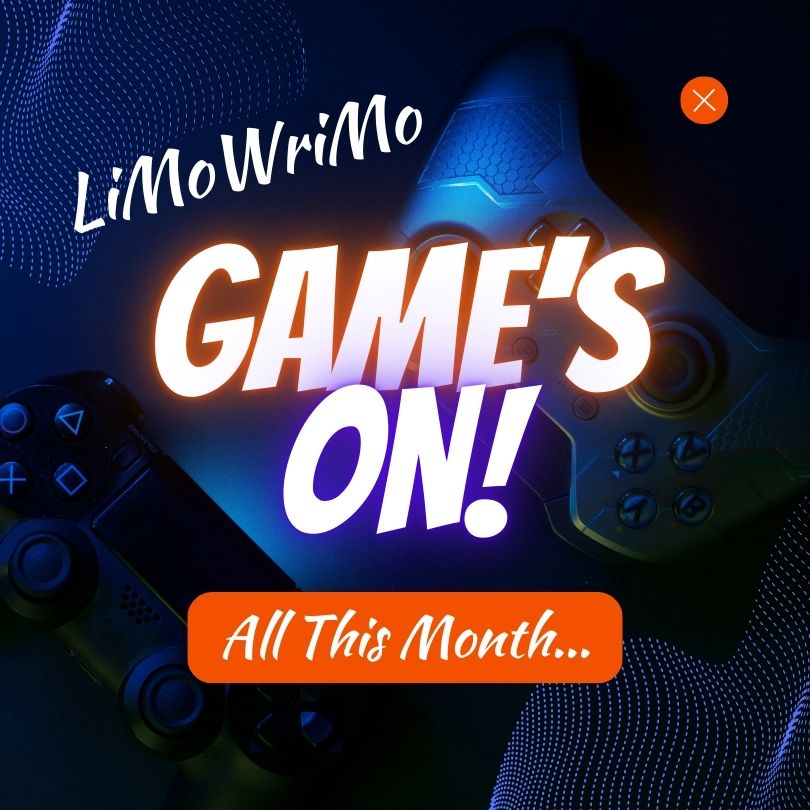Paul Whybrow
Full Member
Endearments...what terms of affection do your characters use?
I’m about to return to writing two novellas which I abandoned last year, to create audiobooks of my Cornish Detective series. In one of them, a hedge witch is falling for the frail charms of a retired diplomat who is haunted by the spirit of his wife who died in a voodoo fertility ritual when they were stationed in Haiti. What would they call one another in intimate moments? Because of their maturity, Dearest and Darling spring to mind.
The lovers in the other story are very different—a traumatised cavalry officer coming to terms with peace after fighting in the American Civil War—and a half-mulatto freed slave who is working as a sharecropper on his sister’s plantation. He fought for the Union Army, so she might call him Blue from the colour of his uniform. Or, maybe Horse...though that’s potentially rude! She’s a skilled watercolourist, so I might have him call her Paint or Brush.
She’s a skilled watercolourist, so I might have him call her Paint or Brush.
Such sweet nothings make characters realistic—after all, the reader is looking over our shoulder as we pen love scenes.
There are scores of appellations indicating love:
Food-based: Sweetie Pie, Honey Bun, Sugar.
Traditional: Hubby, Wifey.
Timeless: Darling, Love, Lover, Sweetheart, Baby, Angel, Doll, Dearest.
Worldwide: Petit Choux (little cabbage) - France
Chuchuzinho (little pumpkin) – Brazil
Tamago gata no kao (egg with eyes) – Japan
Terron de azucar (lump of sugar) – Spain
Buah hatiku (fruit of my heart) – Indonesia
Ma puce (my flea) – France
Ghazal (gazelle) – Arabic
Chang noi (little elephant) – Thailand
Golubushka (dove) – Russia
When I lived in the USA ‘Boo’ was a common way of expressing love. In the 21st-century, ‘Bae’ is the short version of saying Baby or Babe.
A lover once called me Beloved, which I liked.
What do your fictional loving partners call one another?

I’m about to return to writing two novellas which I abandoned last year, to create audiobooks of my Cornish Detective series. In one of them, a hedge witch is falling for the frail charms of a retired diplomat who is haunted by the spirit of his wife who died in a voodoo fertility ritual when they were stationed in Haiti. What would they call one another in intimate moments? Because of their maturity, Dearest and Darling spring to mind.
The lovers in the other story are very different—a traumatised cavalry officer coming to terms with peace after fighting in the American Civil War—and a half-mulatto freed slave who is working as a sharecropper on his sister’s plantation. He fought for the Union Army, so she might call him Blue from the colour of his uniform. Or, maybe Horse...though that’s potentially rude!
 She’s a skilled watercolourist, so I might have him call her Paint or Brush.
She’s a skilled watercolourist, so I might have him call her Paint or Brush.Such sweet nothings make characters realistic—after all, the reader is looking over our shoulder as we pen love scenes.
There are scores of appellations indicating love:
Food-based: Sweetie Pie, Honey Bun, Sugar.
Traditional: Hubby, Wifey.
Timeless: Darling, Love, Lover, Sweetheart, Baby, Angel, Doll, Dearest.
Worldwide: Petit Choux (little cabbage) - France
Chuchuzinho (little pumpkin) – Brazil
Tamago gata no kao (egg with eyes) – Japan
Terron de azucar (lump of sugar) – Spain
Buah hatiku (fruit of my heart) – Indonesia
Ma puce (my flea) – France
Ghazal (gazelle) – Arabic
Chang noi (little elephant) – Thailand
Golubushka (dove) – Russia
When I lived in the USA ‘Boo’ was a common way of expressing love. In the 21st-century, ‘Bae’ is the short version of saying Baby or Babe.
A lover once called me Beloved, which I liked.
What do your fictional loving partners call one another?






